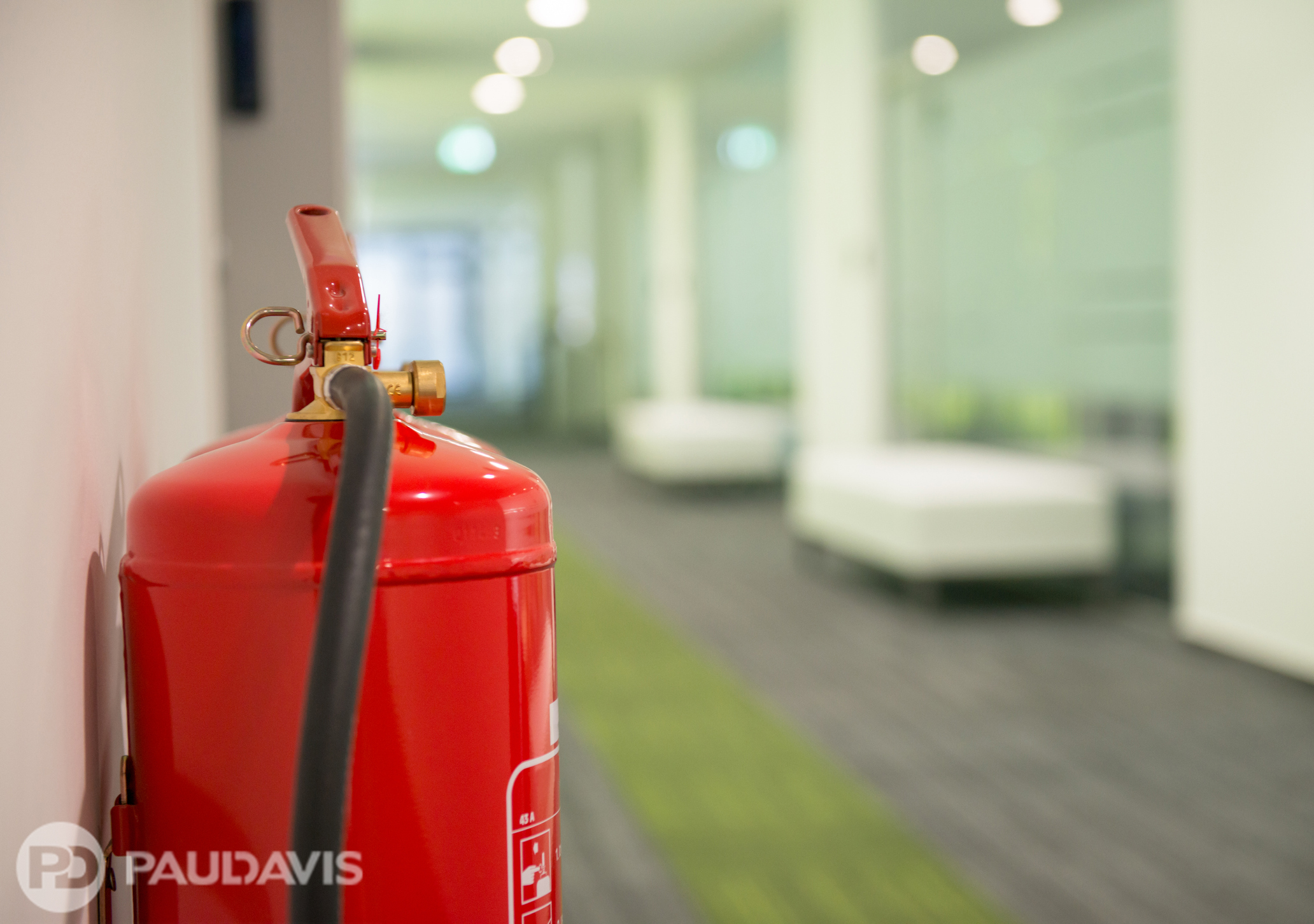
The Beverly Hills Supper Club, a sprawling complex near Cincinnati, Ohio, drew famous acts that usually appeared in far glitzier locations like Las Vegas. Unfortunately, it was a fire trap. The carpet and seat cushions were highly flammable. The architect ignored fire codes. Aluminum wiring, which burns easily, snaked throughout the structure. Lit exit signs were few and emergency lighting non-existent. In May 1977, 165 people lost their lives in one of the deadliest nightclub conflagrations in history.
Every building fire teaches painful lessons about safety, fire prevention and missed opportunities to avert disaster. “We advise all our commercial customers to review their properties regularly for fire safety violations,” says Wayne Merlino, Owner of Paul Davis of Palatine, Illinois. “Take a walk before the inspector visits to ensure your building does not have the most common violations, many of which can be easily resolved. Fire marshals in your municipality are more than happy to help with inspections, usually free of charge.”
The 10 most common violations include:
- Extension cords are in long-term use in areas lacking installed electrical outlets.
- Fire extinguishers aren’t present, working properly, easily accessible and certified as appropriate for activity type. A very common oversight: expired fire extinguishers.
- Sprinkler systems haven’t been professionally serviced as recommended by your municipality and systems manufacturers. A clear violation that’s simple to remedy on the spot: items hanging from sprinkler heads.
- Hazardous and/or flammable materials aren’t properly stored.
- Outside areas contain trash, debris, high grass and weeds.
- Exit doors aren’t accessible and operational.
- Emergency lighting – exit signs, stairwell illumination – doesn’t work properly.
- Aisles, stairways and walkways aren’t clear and easy to navigate.
- Outlets, electrical panels and junction boxes aren’t properly covered with UL-listed plates. Many commercial building fires stem from electrical wiring.
- Fire alarm systems – including smoke detectors - have not been professionally maintained and tested as required by regulations.
Experts estimate that nearly half of companies that experience a fire never reopen. “That frightening statistic doesn’t take into account the injuries, fear and economic distress that fires inflict on businesses, employees and customers,” Merlino notes. “Prevention really is worth the time, effort and investment.”
If your commercial building experiences a fire despite your best efforts at fire code compliance, Paul Davis promises to arrive on the scene quickly for help.
